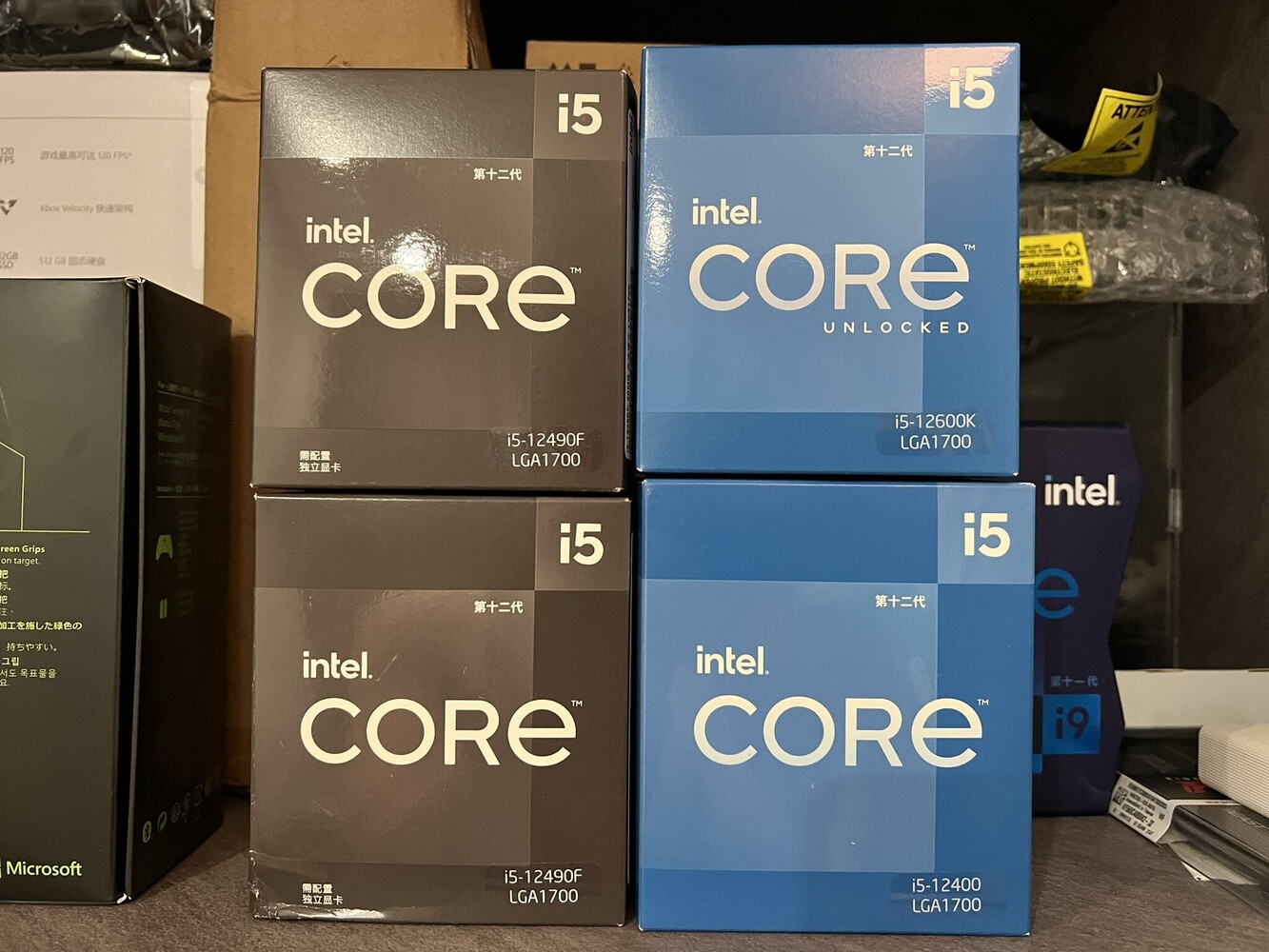Curious-looking Core i5-12490F Surfaces in China with Additional L3 Cache

Intel released the substantive portion of its 12th Generation Core, Pentium, and Celeron desktop processors to the retail market, based on the latest “Alder Lake” architecture. The part that’s making the most waves is the Core i5-12400, a 6-core/12-thread part that only features “Golden Cove” P-cores (no E-cores or the software-optimization issues they bring). The i5-12400/F, i5-12500, and i5-12600, are based on the “H0” die of “Alder Lake-S,” which physically only features six “Golden Cove” P-cores, no “Gracemont” E-core clusters, and only has 18 MB of L3 cache. The larger “C0” die is used across the i5-12600K, Core i7 and Core i9 chips, physically has 8 “Golden Cove” P-cores, 8 “Gracemont” E-cores across two E-core clusters, and 30 MB of L3 cache. It’s important to lay out this piece of information to understand what Intel did with the new Core i5-12490F processor that’s spotted in markets across Asia.
Apparently Intel is sitting on a pile of “C0” dies, and decided to create the i5-12490F. This chip has 6 “Golden Cove” P-cores, no E-cores, but 20 MB of L3 cache; and is based on a heavily cut-down “C0” silicon. As an “F” SKU, it also disables the iGPU on the silicon. The clocks set are 3.00 GHz nominal, and 4.60 GHz boost, compared to 2.50 GHz nominal, and 4.40 GHz boost of the i5-12400/F, and identical clock speeds to the i5-12500. It’s quite puzzling how the “H0” based i5-12500 is differentiated from this chip, given its lower 18 MB L3 cache amount. The base power value is set at 65 W, with maximum turbo power at 117 W. The i5-12490F can hence be simulated using an i5-12600K.











